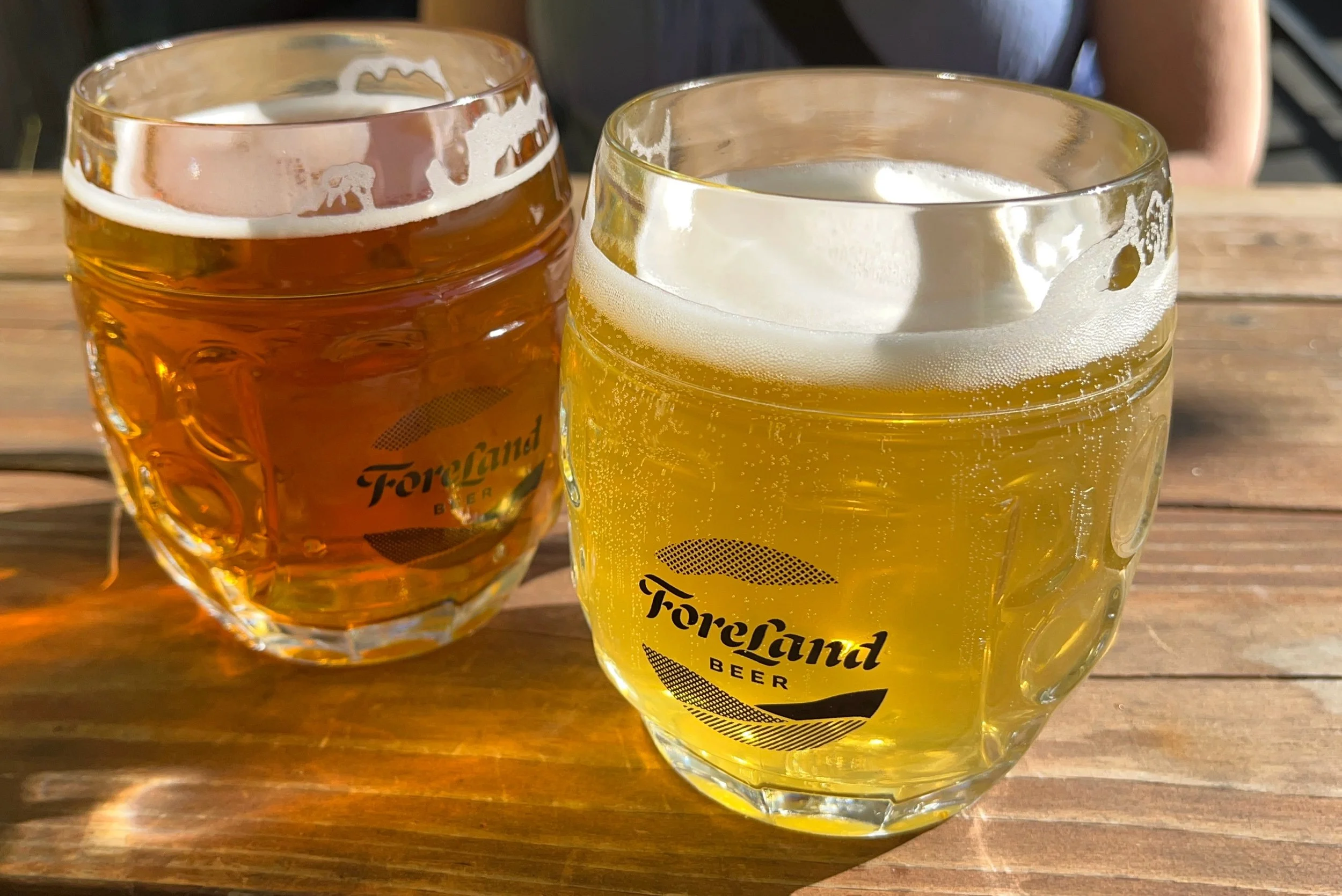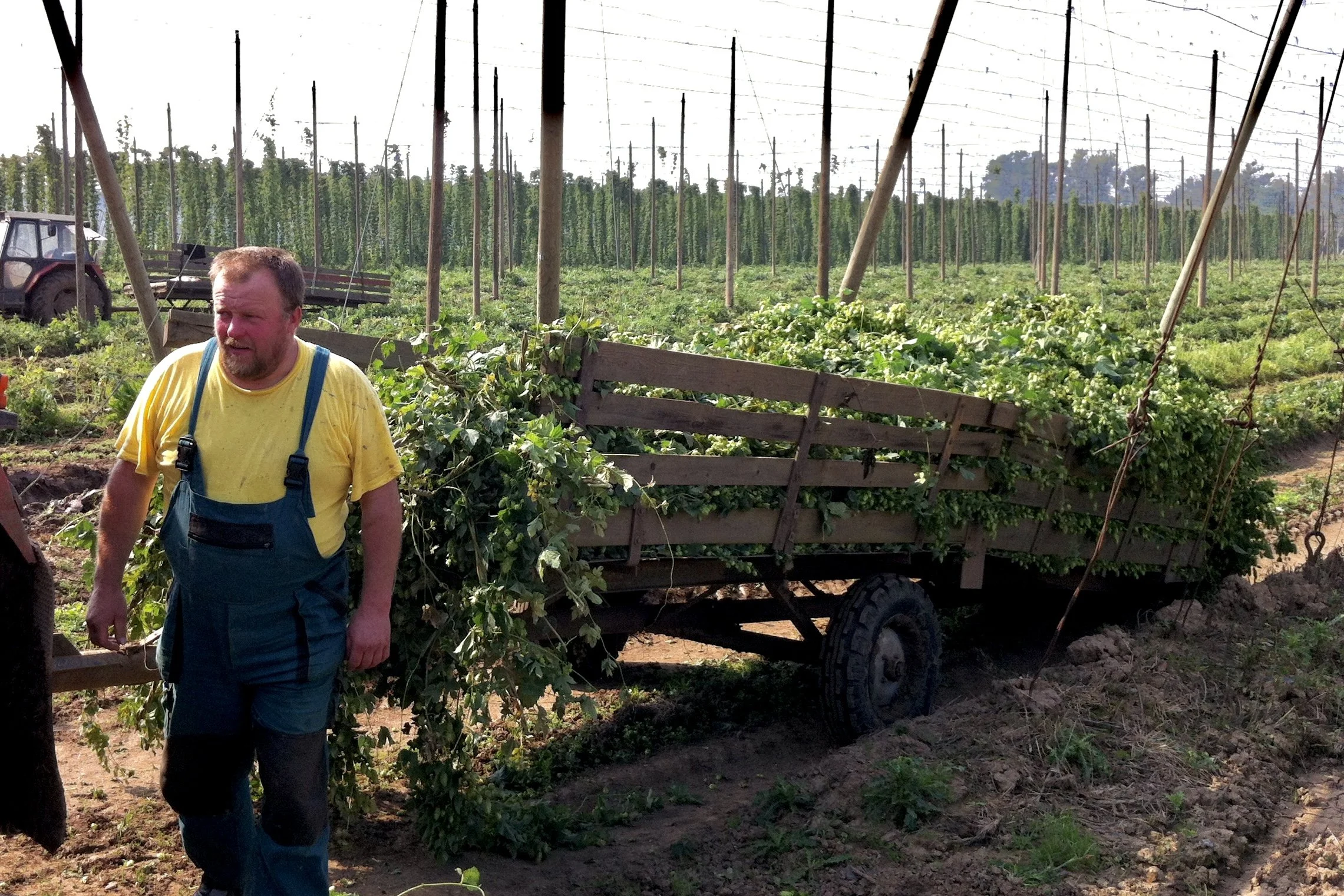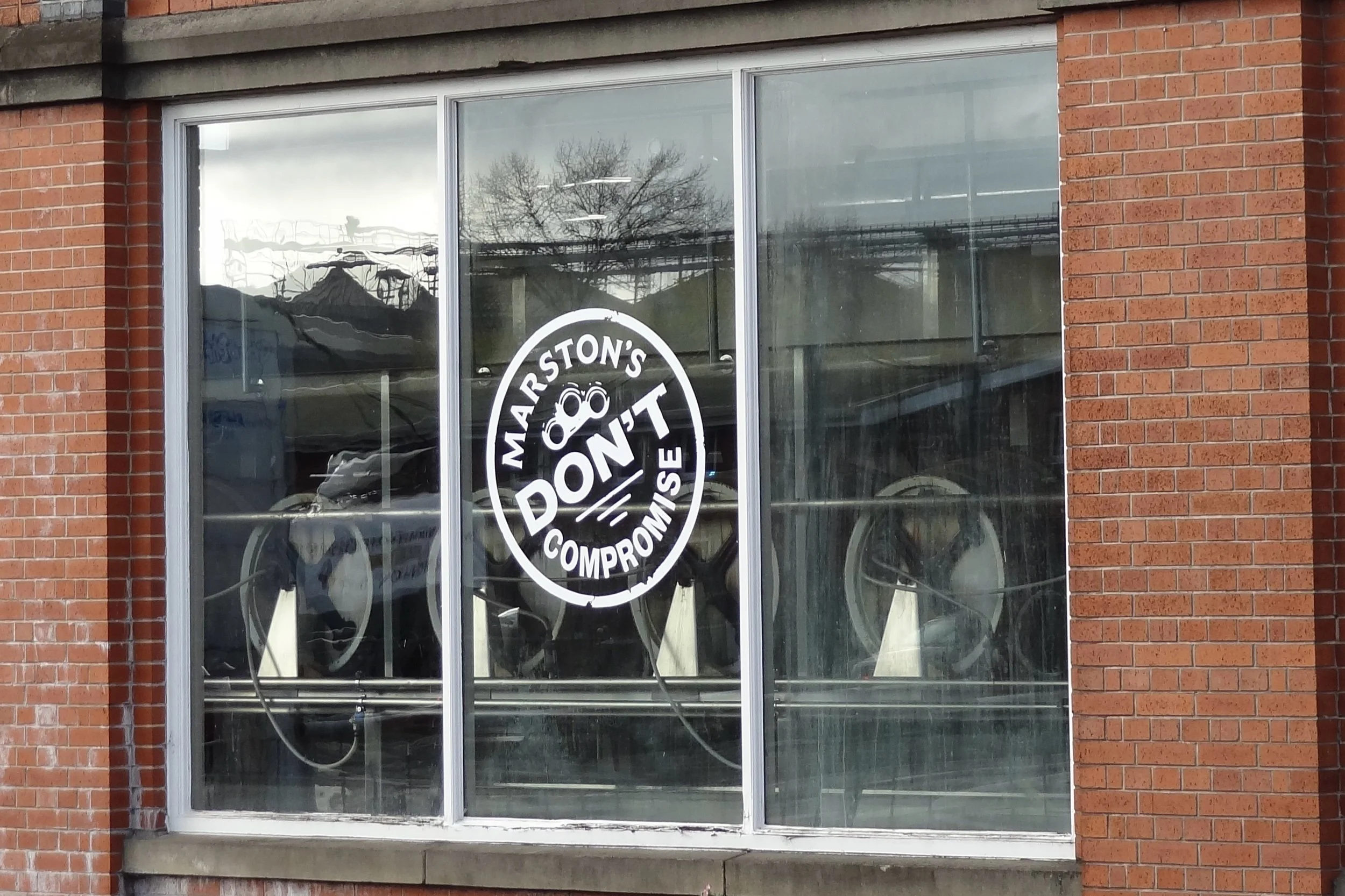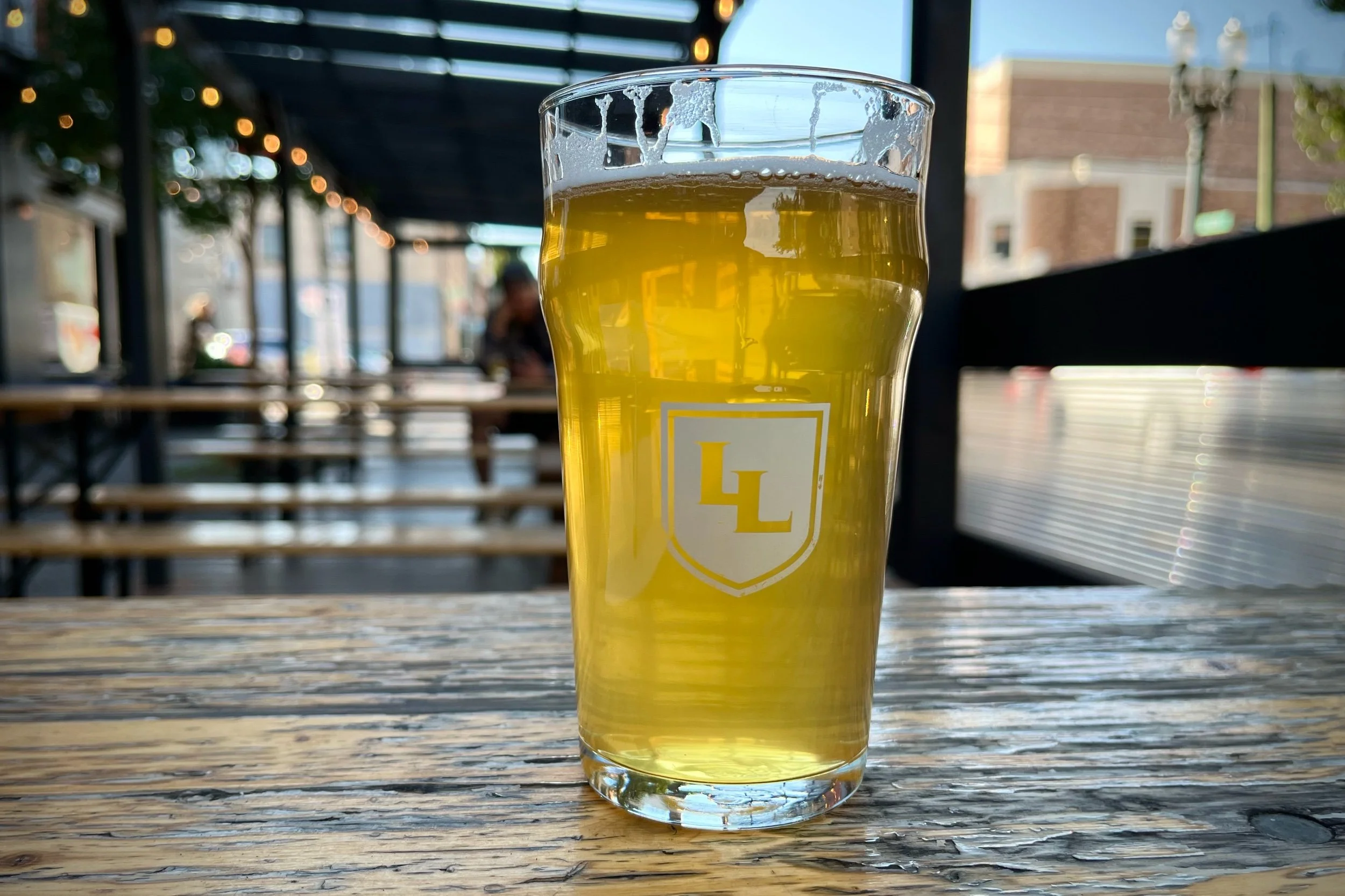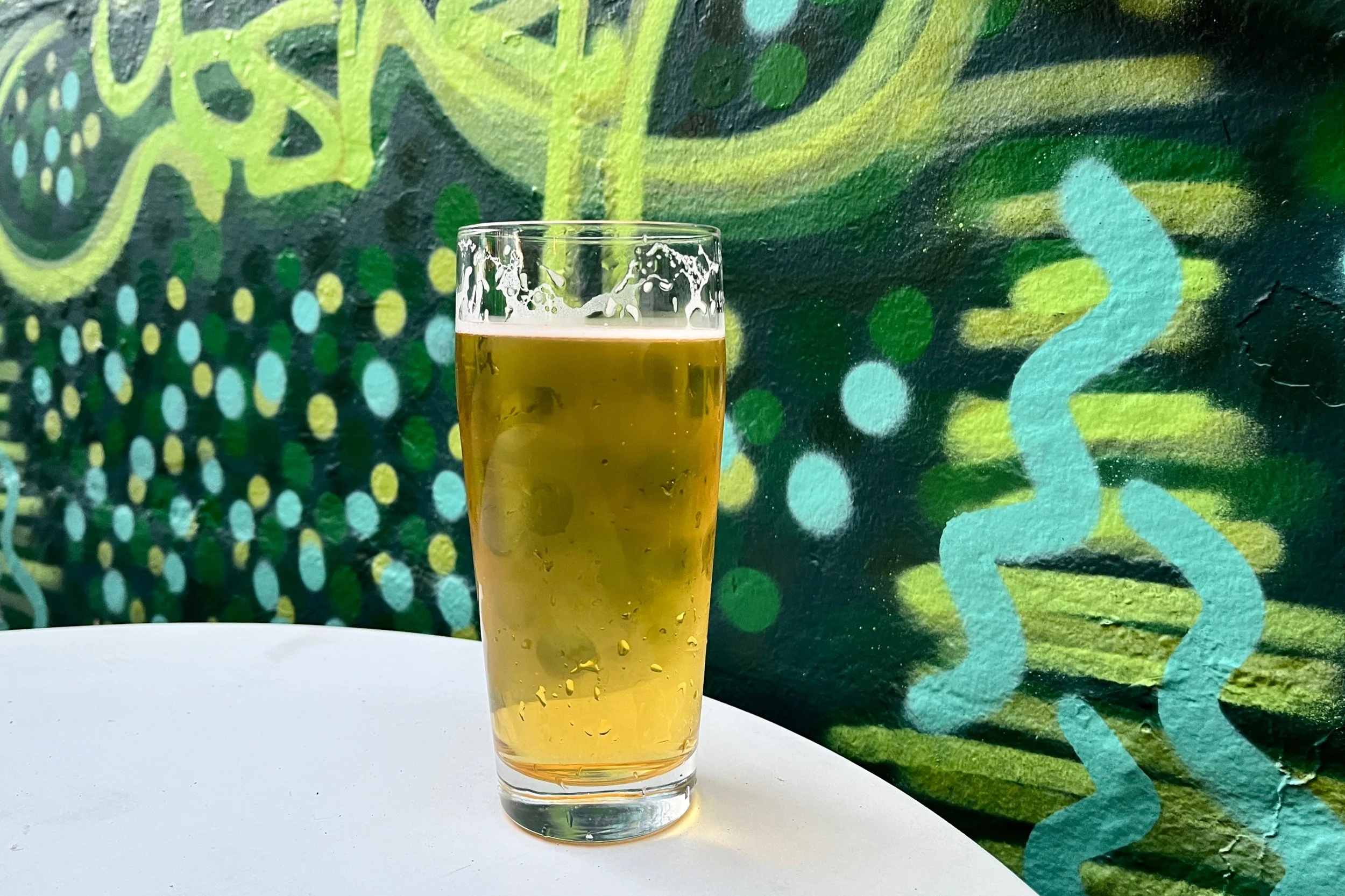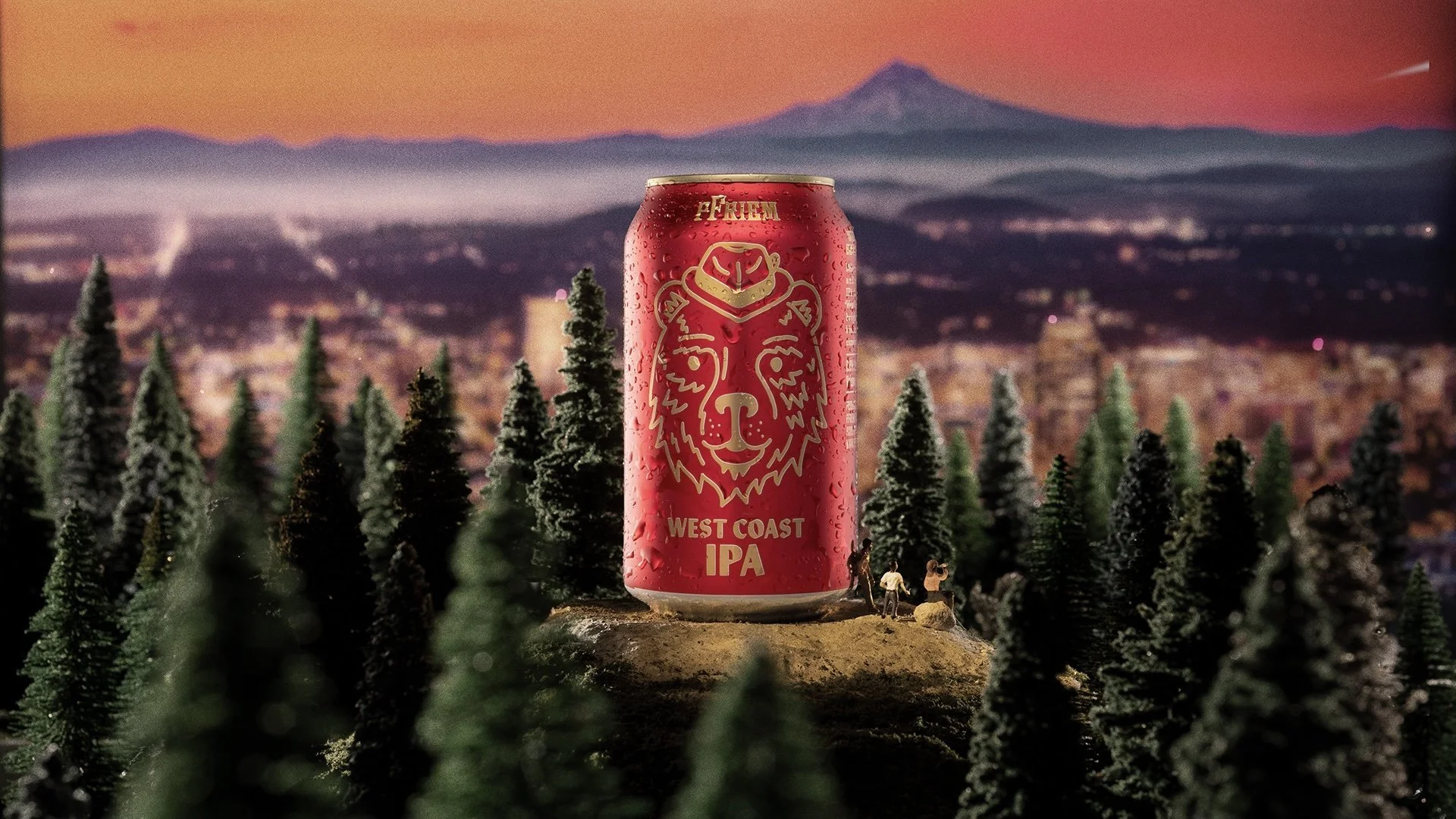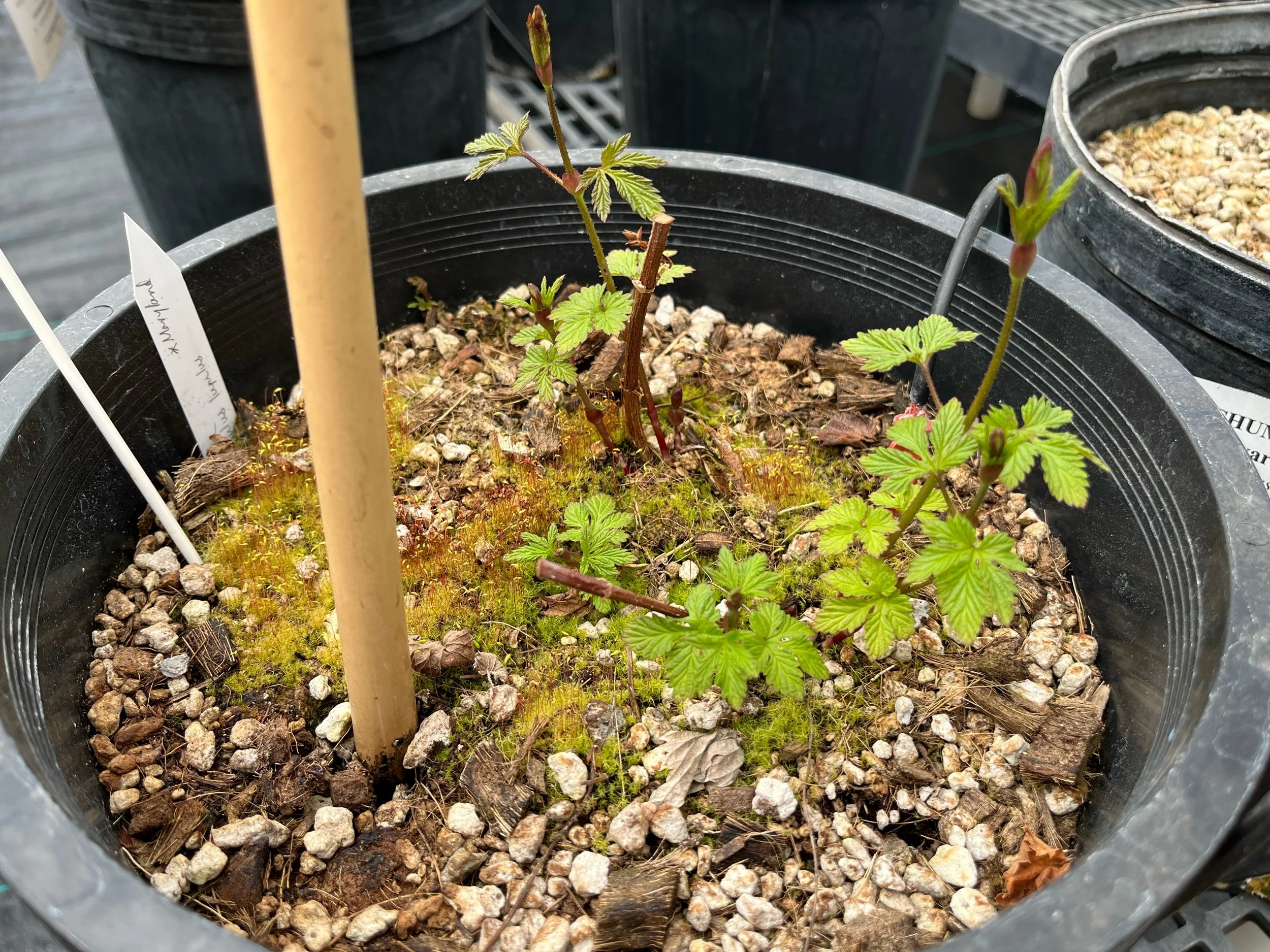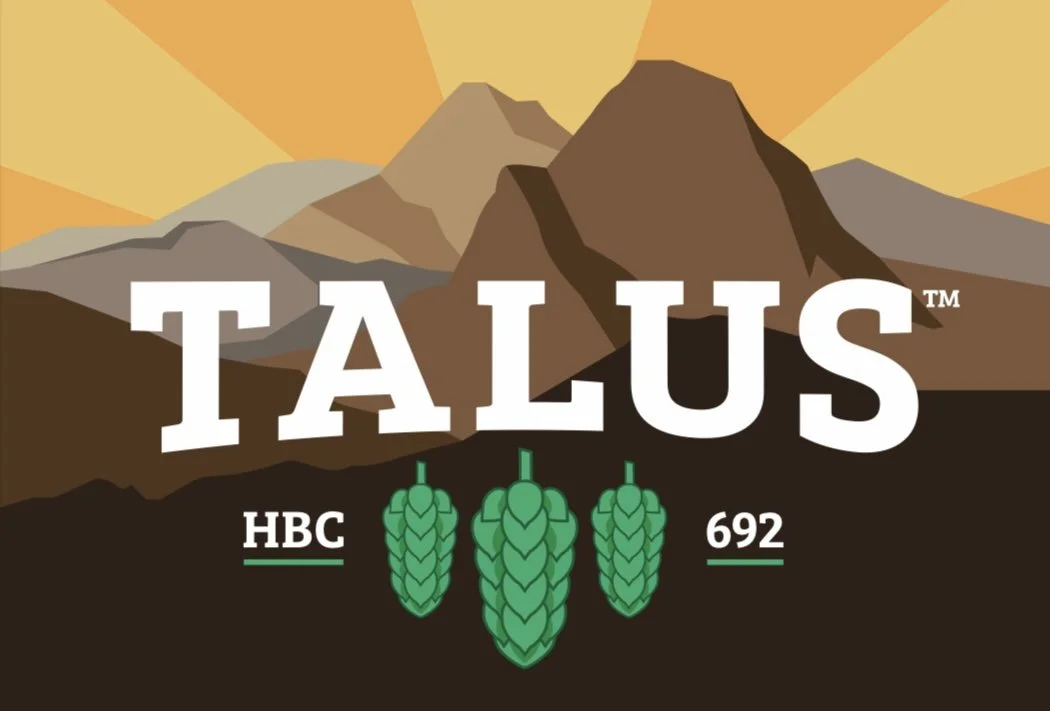Trying to describe fresh hop beers is hard because rather than just reaching for another adjective, we grope toward different realms of experience. Drinking a very good one is to experience synesthesia and encounter the taste of iridescent green.
Read MoreThree years ago, I wrote about a hop making its way through advanced trials, and a couple weeks ago, it made it to the promised land. In today’s post I speak with breeders and researchers about newly-minted Dolcita and what makes her special.
Read MoreThe Hop Quality Group and USDA breeder John Henning are close to naming their new public hop, HQG-4, which should happen this year. It’s an exciting project, and could usher in a new era in public hops.
Read MoreHow long does it take to make a proper pale lager? Some Czech breweries take months. Most of the books and websites tell you six weeks is more common. What would you say to three weeks? Zoiglhaus’ Alan Taylor learned how to brew in Berlin, and he thinks three is just fine.
Read MoreMidway through the can of Pure Project’s Neon Bloom, I realized I was having an experience shift. The beer smelled and tasted like a hoppy ale, but I was slugging it down like a lager. Was I drinking a West Coast pilsner or a West Coast Pale ale? Did it matter?
Read MoreModern cask bitters have evolved. Many include juicy new world hops and modern IPA hopping techniques. But to achieve the delicacy and harmony bitters are famous for, breweries have to do more than just adding Citras.
Read MoreAlesong just released Single Origin, a beer where the barley, hops, and Riesling grapes were all grown on the same farm in Oregon. And the beer was fermented with the yeast and bacteria resident on those grapes.
Read MoreThis Saturday is the annual Baltic Porter Day, a celebration that has spread from its roots in Poland all the way to Oregon, and Threshold Brewing will be hosting a fest for the style. Since it’s become a major beer in Poland, it seemed time to do a big ‘ol post about Baltic porters.
Read MoreA rivalry is developing in the world of fresh hop beer. Proponent of one team believe the best character comes from use on the cold side, others on the hot side. It's time to get to the bottom of the debate.
Read MoreFor hundreds of years, brewers have ranked hops based on their quality. This has led to a sense of nobility among a select class of landrace hops brewers prize the most. But are they noble because they’re old and tested, or because they taste and smell so good?
Read MoreWhile I was in Europe, Carlsberg announced it would finally stop using the antiquate Burton Union system used to make Marston’s Pedigree in Burton, England. The news was sad, but it came far later than I ever expected. A eulogy for a technology that was once state of the art.
Read MoreIn the spring, Dan and others from the brewery head off to a forest just west of town. The trees must be a certain height to harvest, and they can’t pick too much of the new growth. “We bring a load of grain bags out with us—it’s beautiful,” he said. “I love it.” It takes more than one visit to collect 200 pounds of tips.
Read MoreFresh hop season is underway, and it has so far proven to be unusual—and enlightening. Here are a few early lessons I’m taking away from the selection I’ve found.
Read MorePerhaps you’ve seen “West Coast pilsner” on a taplist this summer. It is starting to look like a real style, and when made well, a total delight.
Read MoreThere are a lot of new products and agents and ingredients on the market that help amplify or transmute or, in some cases, replace hops. But it turns out that good, old-fashioned hops remain the key ingredient in those IPAs we love.
Read MoreWhat is the state of the art in brewing West Coast IPAs? pFriem took that question as its brief and this week releases a new year-round beer that collects all the tricks, techniques, and ingredients that characterize the style. Here’s what they came up with.
Read MoreSkagit Valley Malting may be gone, but a new start-up from across the mountains gives hope to craft malt.
Read MoreBlind taste a dozen and a half mass market lagers, and you learn something about this much-maligned style. They don’t all taste the same, and in fact represent a surprisingly broad range. We made a few other discoveries along the way.
Read MoreThe discovery of a new Maryland hop led me on a trail of discovery to the office of Dr. Nahla Bassil, at the National Clonal Germplasm Repository. What I discovered was incredibly fascinating, and went far beyond the scope of a single wild hop.
Read MoreAfter an encounter with a single-hop Talus beer, I have a better sense what this newish American hop tastes like, and I am in love. It’s tropical, but less mango and more mangosteen. In this post, I unpack its unusual but somehow familiar flavors.
Read More
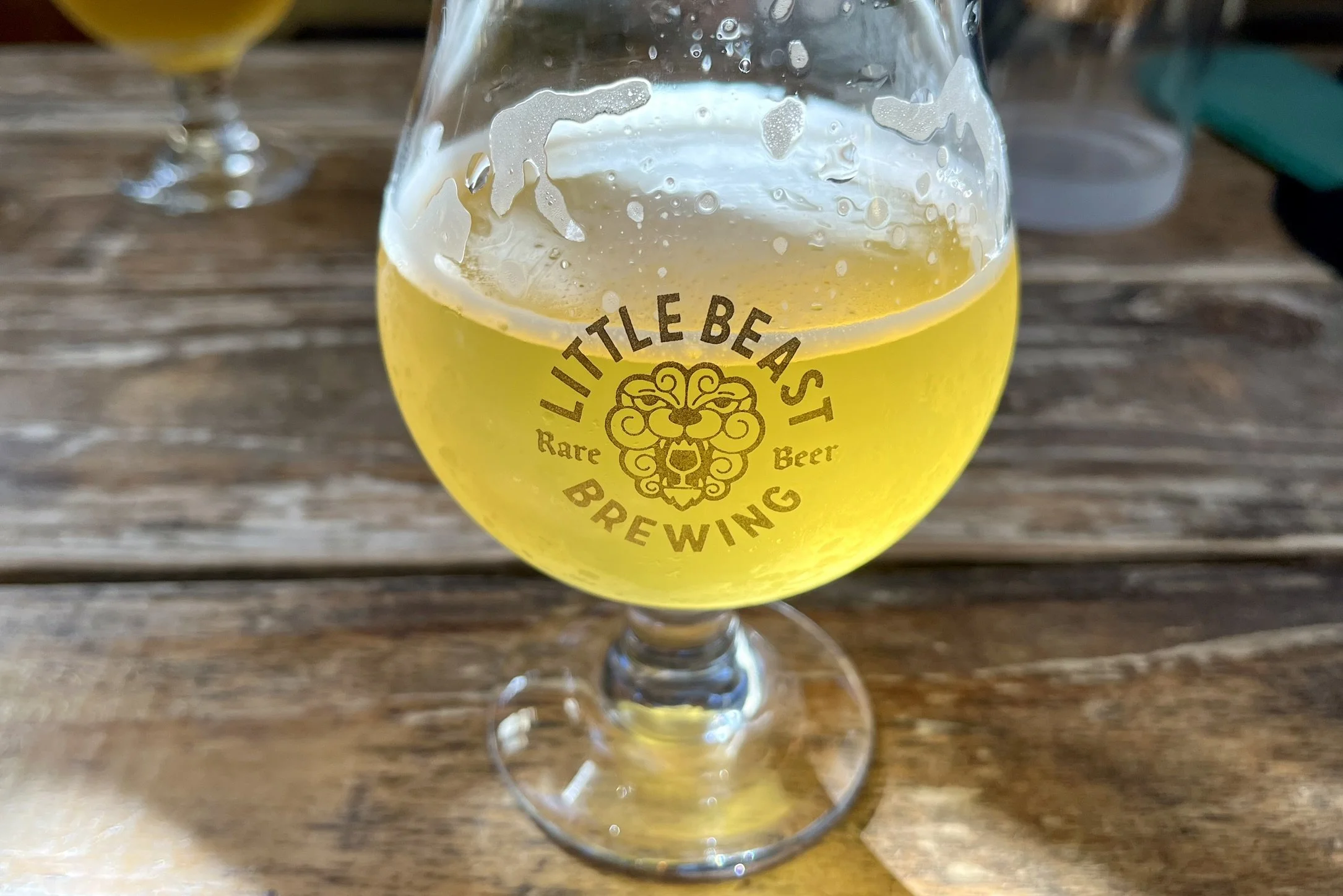
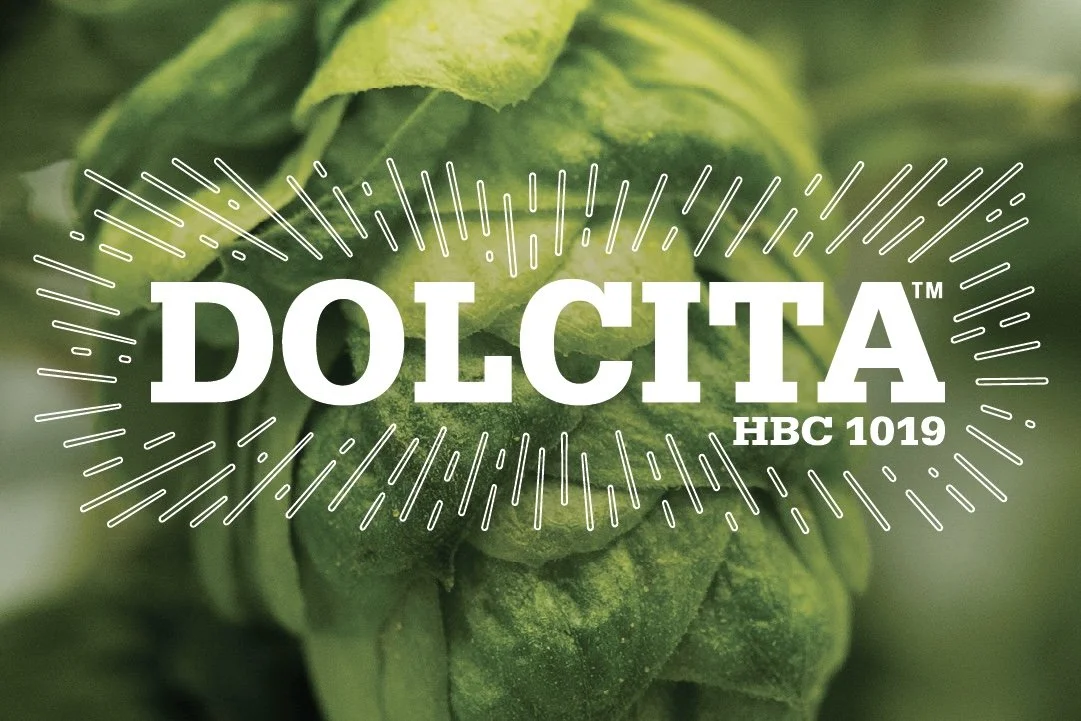
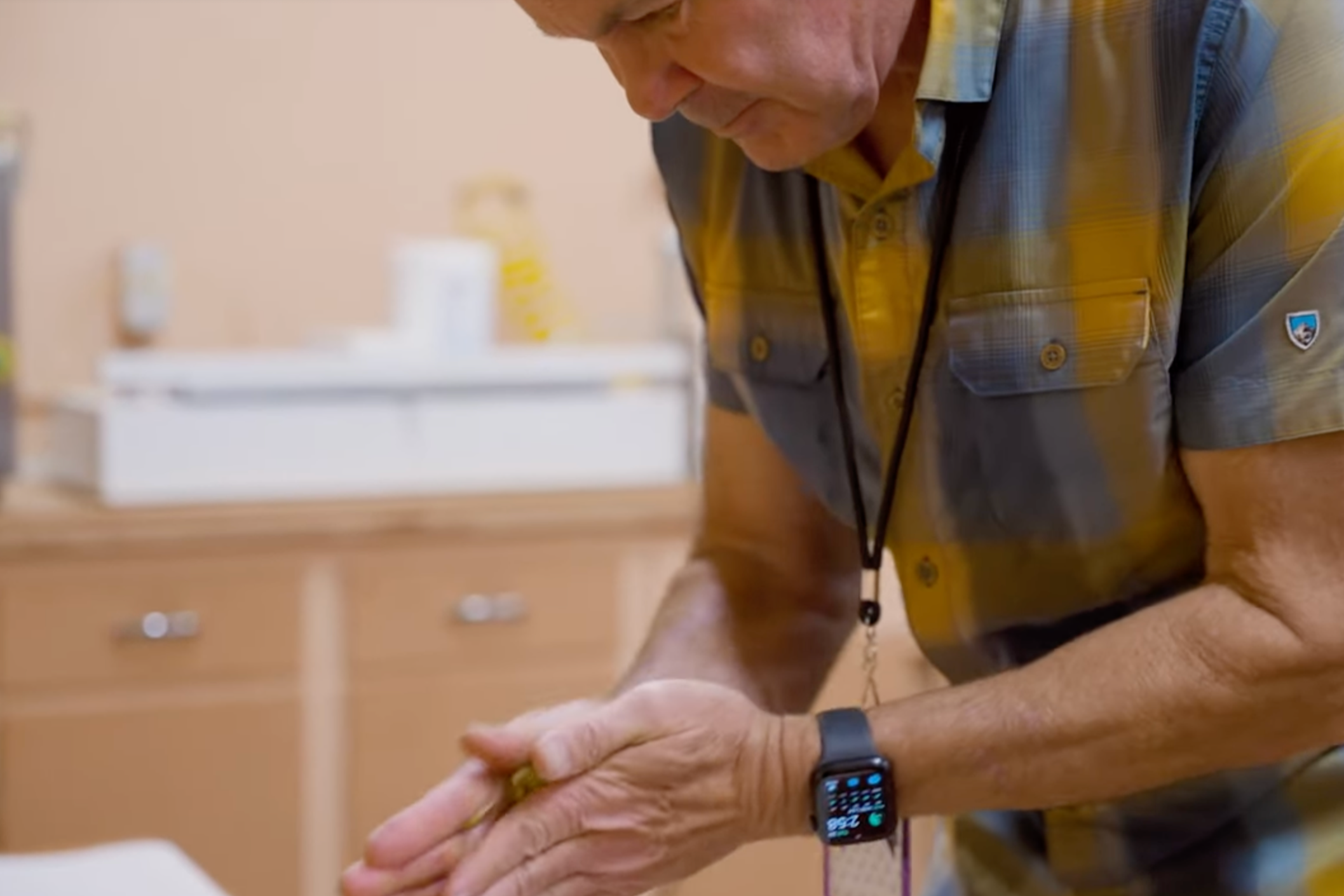
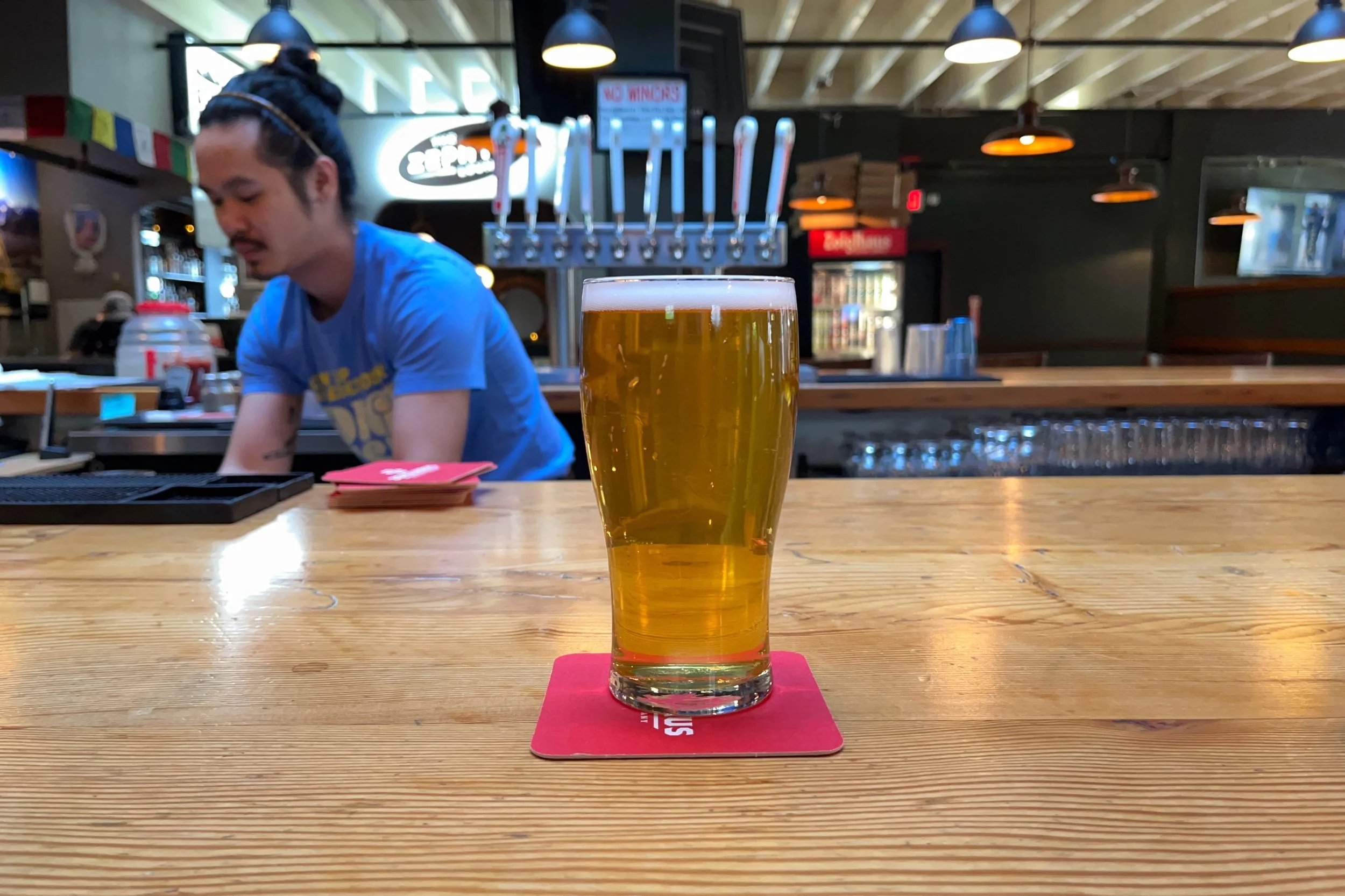
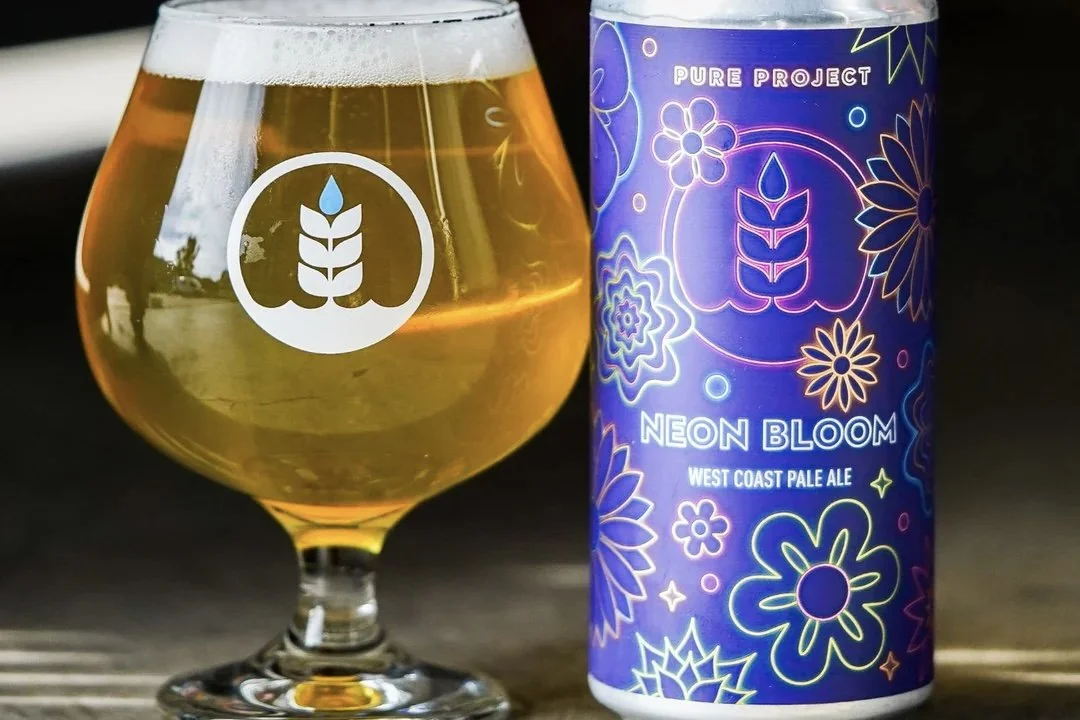
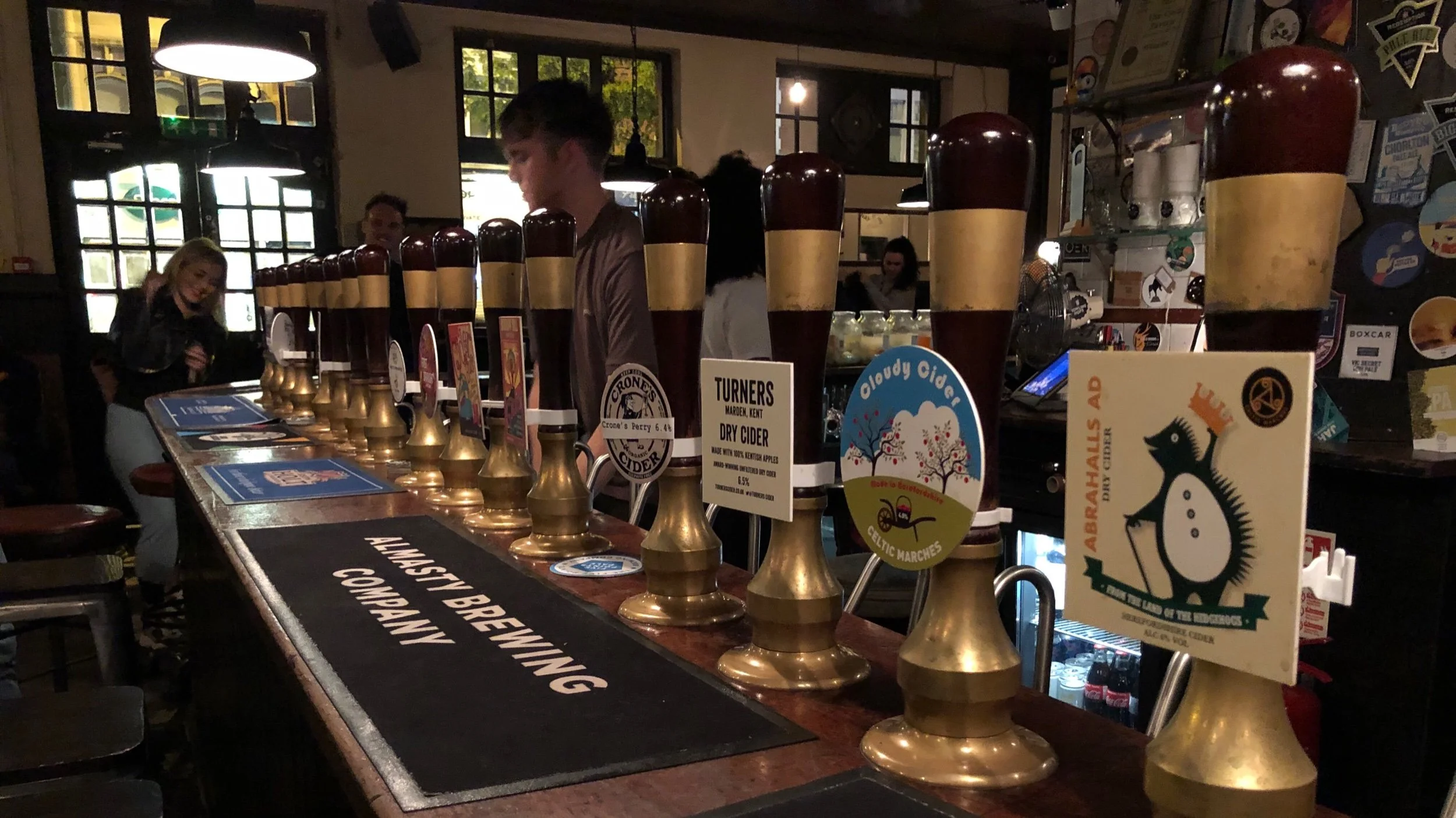

!["Poland Brews the Best Baltic Porters, [but] We Don't Need to Call Them Polish Porters"](https://images.squarespace-cdn.com/content/v1/5876279bbebafb82a7c81c00/1737040278243-FWWJ98RFW4TF6XE19P8M/IMG_4016.jpeg)
